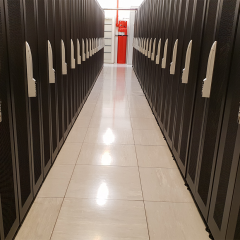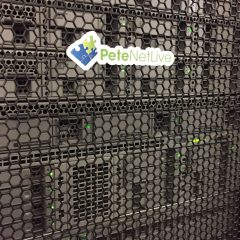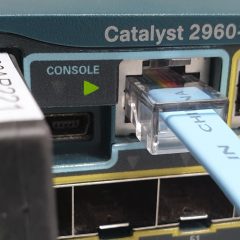SCCM Install Error “The site server computer’s machine account does not…”
KB ID 0000296 Problem Seen while installing System Center Configuration Manager 2007 Error: Setup cannot complete the specified installation on this computer for the following reasons. The site server computer’s machine account does not have Administrator’s privileges on the SQL server selected for the site database installation. To install a Configuration Manager site, all servers must be in an active directory domain...
Install SCCM 2007 on Windows Server 2008 R2 – Step by Step
KB ID 0000297 Problem I had to work out how to do this for a client, and as is my modus operandi, I’ll try and save you some of the pain I endured, Products Used System Center Configuration Manager 2007 SP2 Windows Server 2008 R2 SQL 2008 R2 (At time of writing neither officially supported or not supported on SCCM) Note: I was originally going to use SQL 2005 – hence the reason the SQL servers name is SCCM-SQL2005, however...
SCCM OSD Capture a Windows 7 Reference Machine
KB ID 0000302 Problem You have a reference machine (physical or virtual), and you want to capture an image of that machine to your System Center Configuration Manager 2007 Infrastructure.So you can then deploy that image to multiple machines. Solution Prerequisites 1. SCCM needs to be installed and configured. 2. Download the Task and Registry File in Zip Format (Edit the .reg file with notepad to enter the correct administrator...



